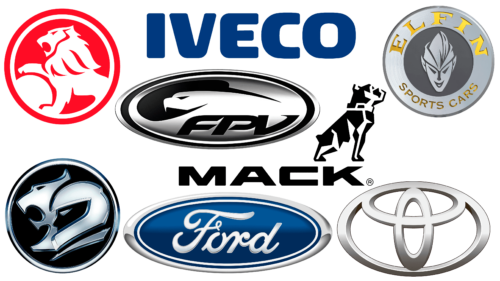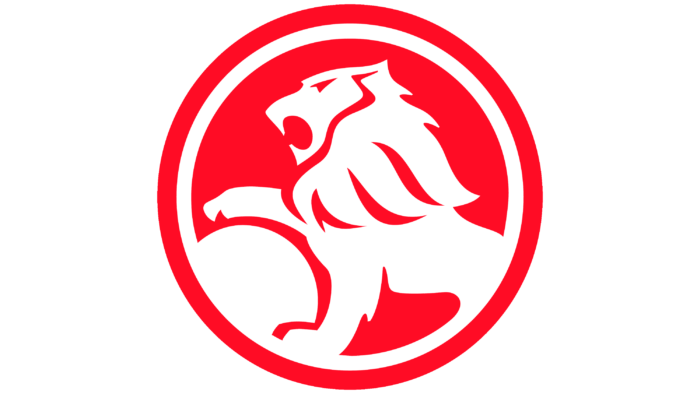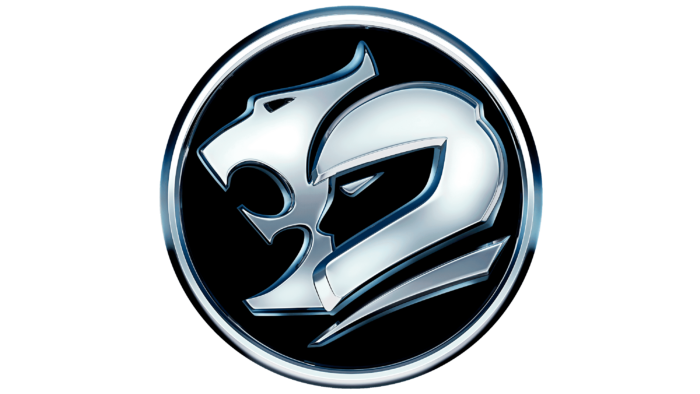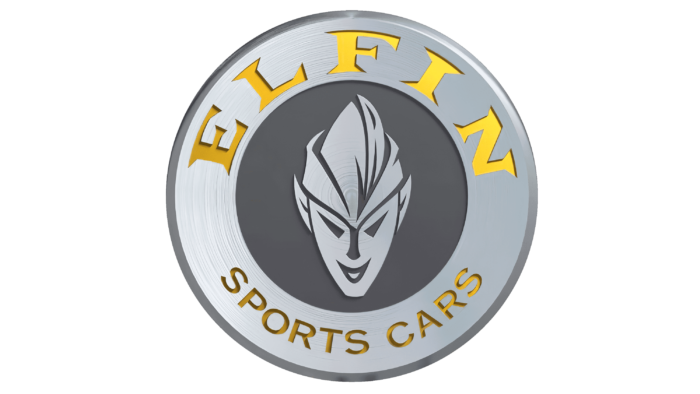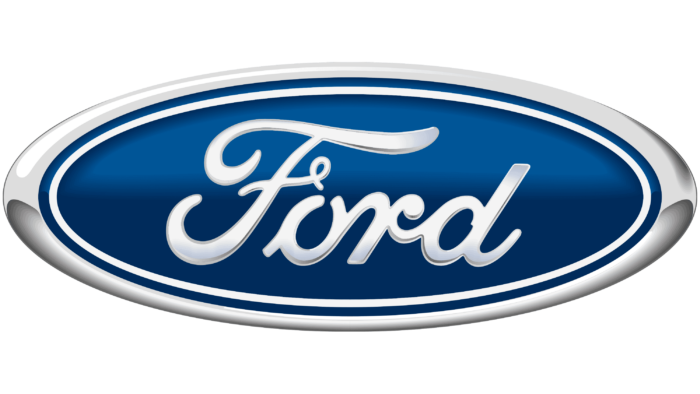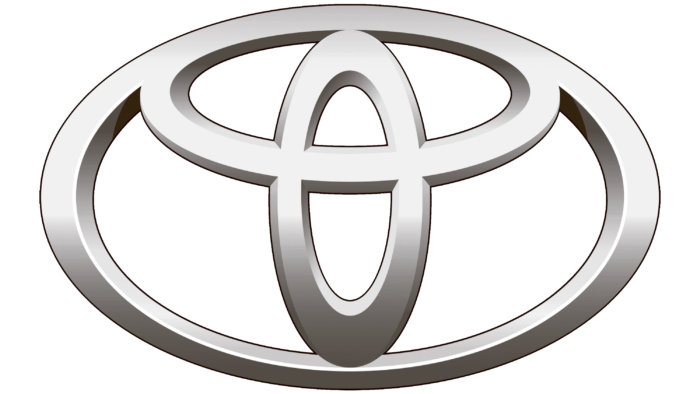The 100-year history of Australian automobile manufacturing began in the late 19th century when two inventors developed the Phaeton steam carriage. The first car with an internal combustion engine appeared a little later – in 1901. Later, more advanced models with locally produced parts were created on this basis. By the way, nowadays, very few automobile parts are produced on the continent. Moreover, no single tire company is left there: the last one was closed in 2010.
The upsurge of engineering came in the middle of the XX century when Australia began to attract foreign automakers. Companies such as Ford, General Motors, and Toyota decided to fill the empty niche with their brands designed specifically for the Australian market. The auto industry saw its greatest revitalization in the 1970s, when companies produced about 500,000 cars a year, propelling the country to tenth place in the world in this respect.
What are Australian car brands?
Australia has its own car brands, as well as those created by Toyota, General Motors, and Ford for the Australian market. But many of these brands have been discontinued, so now the country’s car industry is not developing: almost all cars are imported from overseas.
The first car manufacturer that was exclusively Australian was Tarrant. It existed for a short time – from 1901 to 1908. Besides it, there were other non-operating companies: Ilinga (1974-1975) with a single AF-2 model, Giocattolo (1986-1989), Buckle Motors (two-year period 1927-1967), Bolwell (1962-1979), Purvis (1974-1991), OKA (1986-2010). The record holder in this regard is Holden, which was incorporated in 1856 and abolished in 2021.
Major Australian Car Manufacturers
By 2015, only three active carmakers remained in Australia: Holden (a division of GM since 1931), Ford, and Toyota. But they, too, shut down production, ending the 100-year history of the car industry on the continent. All cars available on the country’s domestic market are imported from overseas.
Holden
Holden is considered Australia’s oldest automobile company. However, its predecessor, J.A. Holden and Co., founded in 1856 for a long time, was engaged in the manufacture of saddles and only in 1908 switched to the production of automotive parts. General Motors, which bought the company in 1931, brought Holden out of a long stagnation. Thanks to its initiative, the production of cars was launched in 1948. The forced postponement arose because of the Second World War when all the plants switched to the production of military equipment.
Local leaders wanted the first car adapted to Australian conditions, but GM’s headquarters decided otherwise and offered to remake one of the Chevrolet models. Despite the conflict, the parent company supported Holden and invested heavily in the brand. And yet, sales growth in the 1990s was followed by a decline that began in the 2000s. The company made losses and closed assembly lines until it had one factory left. It was scrapped in 2017, and on January 1, 2021, the Holden brand officially ceased to exist.
FPV
The full name FPV sounds like Ford Performance Vehicles. This brand emerged in 2002 from the Ford Tickford Experience and existed until 2014 as one of Ford Australia’s divisions. Ford Motor Company of Australia owned only half of the company, while the other half was at the disposal of the British car racing team Prodrive.
Historically, the FTE dealer network was preceded by a partnership between Ford and Tickford (an engineering company formerly owned by Prodrive). They teamed up to build Falcon-based vehicles and created the Ford Tickford Experience to sell them. 2002, they rebranded, and the joint company became Ford Performance Vehicles.
HSV
The HSV brand existed as a division of Holden and disappeared with it on January 1, 2021. This company was formed in 1987 to replace the Holden dealer group. It was co-founded by Tom Walkinshaw (Tom Walkinshaw Racing) and Holden, a carmaker owned by General Motors.
Modifications of various cars were produced under the HSV brand. The most famous are:
- Avalanche crossover SUV.
- Sport sedan ClubSport.
- The luxury sports car, Senator.
- Other models.
After the division closed, General Motors Specialty Vehicles became its successor.
Elfin
Elfin is one of the few automobile manufacturers in Australia that has not been closed down. It still exists, although it has not produced anything since March 2012. As the company’s full name (Elfin Sports Cars Pty Ltd.) suggests, it specializes in producing racing and sports cars.
The company was founded in 1959 and has changed many owners, never staying with anyone for long. It is owned by former racing driver Tom Walkinshaw, who died in 2010.
The organization is headquartered in Melbourne, with factories in the suburbs. Until 2012, three car models were produced: the MS8 Clubman, MS8 Streamliner, and T5 Clubman sports cars.
Ford Australia
The Australian division of Ford Motor Company, known as Ford Australia, was opened in 1925. In the early years, it produced Canadian models from parts shipped into the country from overseas. An example of such transportation is the Tin Lizzie, which became the first “world” car. However, the division gained great fame thanks to the Falcon model, produced in Australia from 1960 to 2016. At the end of 2016, Ford finally decided to shut down the production of cars on the continent.
Toyota Australia
Toyota Australia closed all its plants following Holden (GM) and Ford. The last plant ceased operations in October 2017. The reason is – the lack of demand for cars due to cheap imported cars and rising production costs. Thus, the Toyota division, which entered the Australian market in 1963, producing more than 2 million cars and replacing Holden, ended its long history.
Mack Trucks Australia
Founded in 1963, Mack Trucks Australia is dedicated to adapting trucks to the continent’s natural conditions—engineers custom-design trucks for various business needs. For example, innovative models with special safety systems have been developed for the toughest tests and challenging routes. The manufacturer owns industrial plants in Kentucky (USA) and Queensland (Australia).
Iveco Australia
Despite the automotive industry’s problems, Iveco Australia remains true to its principles and produces about a hundred vehicles annually. The company’s plant is in Melbourne, where buses and trucks are built to meet the city’s challenging geography. In addition, the company provides transportation for the city’s residents and participates in creating road infrastructure—something it has been doing since it was founded at the beginning of the last century.
FAQ
What is the most reliable car in Australia in 2023?
In 2023, the Toyota Corolla was seen as the most reliable car in Australia. It is known for its long life, low maintenance costs, and steady performance. The Corolla is popular because of its high-quality build, fuel efficiency, modern safety features, good resale value, and high customer satisfaction.
Toyota is a trusted brand for its durable and reliable vehicles. Models like the Corolla and Hilux are well-liked in Australia. Kia is known for its reliability, long warranties, and positive reviews. The Kia Sportage and Seltos are especially favored. Hyundai offers reliable cars that are good value for money. The Hyundai i30 and Tucson are popular choices. Mercedes-Benz is known for its luxury and performance and has reliable models like the C-Class and GLE. Ford is trusted for its strong and reliable vehicles, particularly in the ute and SUV segments. The Ford Ranger and Everest are well-regarded.
Which car manufacturers are leaving Australia?
Several car manufacturers have stopped production in Australia in recent years. The main ones are Toyota, Ford, Mitsubishi Motors, and General Motors.
Toyota stopped making cars in Australia in 2017 after over 50 years of production. They produced popular models like the Camry. Despite ending local production, Toyota remains strong in the Australian market with imported cars.
Ford ended its manufacturing in Australia in 2016. Ford had a long history in the country, producing models like the Falcon and Territory. The brand now imports vehicles and offers after-sales support in Australia.
Mitsubishi Motors stopped production in Australia in 2008. They had assembled vehicles in Adelaide since the early 1980s, including models like the Magna and 380. Mitsubishi is still a popular brand that serves the Australian market through imports.
Through its Holden brand, General Motors was the last major manufacturer to stop production in Australia, ending in 2017. Holden was a key part of Australian automotive culture, producing models like the Commodore. Holden continued to sell imported vehicles until the brand was retired in 2021.
The departure of these manufacturers affected the local economy and the automotive industry. Many jobs were lost, and some communities faced economic challenges. These brands still have a presence in the Australian market through imported vehicles.
Does Australia have any car manufacturers?
Australia still has manufacturers focusing on trucks and buses designed for the continent’s tough terrain.
Iveco Australia makes commercial vehicles, such as trucks and buses. The brand is important in this sector and helps local industries with its products.
Mack Trucks Australia is another key player. It makes and modernizes heavy-duty trucks crucial for mining, construction, and long-haul transport.
New technologies, such as electric and autonomous vehicles, are growing in the Australian automotive sector. While traditional car production has declined, these new areas offer growth opportunities. Startups and smaller companies are exploring these technologies to establish themselves in the market.
Brands like Iveco and Mack Trucks show Australia still has a strong commercial vehicle manufacturing industry. These companies support the country’s infrastructure and industries.
What cars were manufactured in Australia?
Australia has a rich history of car manufacturing with several notable brands:
- Holden was one of the most iconic car manufacturers in Australia. Founded in 1856 as a saddlery, it started producing vehicles in 1908 and became a subsidiary of General Motors in 1931. Holden produced popular models like the Commodore, Kingswood, Torana, and Monaro. The brand stopped manufacturing in 2017.
- FPV (Ford Performance Vehicles) was a high-performance car manufacturer created in 2002 as a joint venture between Ford Australia and Prodrive. It produced performance versions of Ford models like the Falcon and Territory, known for their powerful engines and sporty features. Ford ended local production in 2016.
- Toyota Australia produced vehicles for over 50 years, including models like the Camry and Aurion. Toyota was known for its quality and reliability, making its cars a favorite among Australian drivers. The brand ended local manufacturing in 2017.
- Elfin is a specialist sports car manufacturer founded in 1959. Known for lightweight, high-performance sports cars, Elfin produced models like the MS8 Streamliner and T5 Clubman.
- Nota Sports and Racing, founded in 1952, specializes in sports and racing cars. Known for innovative designs and lightweight construction, Nota produced models like the Nota Fang and Nota Le Mans.
- Australian Motor Industries (AMI) assembled vehicles in Australia from the 1950s to the 1980s under license from brands like Toyota, Mercedes-Benz, and AMC. AMI’s operations helped popularize many international brands in Australia before Toyota took over.
- Rootes Australia was the local subsidiary of the British Rootes Group. It assembled and manufactured cars from brands like Hillman, Humber, and Singer, contributing to the diversification of the Australian car market.
- The Australian Six was an early attempt to create a uniquely Australian car, produced between 1919 and 1925. It was designed to handle harsh Australian conditions and holds historical significance as one of the country’s first locally designed and built cars.
- Birrana Engineering was a racing car manufacturer in the 1970s. The brand produced competitive open-wheel racing cars for events like Formula Ford and Formula 2.
- Giocattolo was a short-lived sports car manufacturer in the 1980s. Its most notable model, the Giocattolo Group B, was known for its powerful engine and distinctive design.
- Mack Trucks Australia and Iveco Australia continue to produce commercial vehicles in local factories. These manufacturers focus on trucks and buses designed for the Australian market, ensuring durability and reliability.
How many different car brands are in Australia?
Australia’s automotive market has many brands, mostly importing their vehicles due to a decline in local production:
Popular Car Brands in Australia:
- Toyota: Known for reliable and durable cars. Popular models include the Corolla, Camry, and Hilux.
- Mazda: Offers a range of cars from compact models like the Mazda3 to SUVs like the CX-5.
- Hyundai: Known for value-for-money vehicles, including the i30 and Tucson.
- Ford: Ford continues to be a significant player with imported models like the Ranger and Mustang.
- Mitsubishi: Mitsubishi offers vehicles like the Outlander and Triton that suit Australian conditions.
- Nissan: Nissan provides vehicles ranging from compact Micra to robust Navara.
- Volkswagen: Popular for German-engineered cars like the Golf and Tiguan.
- Subaru: Known for all-wheel-drive models like the Forester and Outback.
- Kia gained popularity with models like the Seltos and Sportage, known for their reliability and long warranty periods.
- Mercedes-Benz: Offers a range of high-end vehicles, including the C-Class and GLE.
Australia’s market includes many other car manufacturers, from luxury brands to budget-friendly options. These brands include BMW, Audi, Honda, Jeep, Lexus, Porsche, Volvo, and Tesla.
With the closure of many local manufacturing plants, most cars sold in Australia are imported. Brands like Toyota, Ford, and Holden once had significant manufacturing operations in the country. Economic factors and global market dynamics led to the end of local production. Today, only a few manufacturers, such as Mack Trucks Australia and Iveco Australia, continue to produce vehicles domestically.
The market continues to evolve, with a growing interest in electric vehicles (EVs) and hybrid models. Brands like Tesla have gained a foothold, and traditional manufacturers are introducing more eco-friendly models.
What is the best Australian-made car?
Determining the best Australian-made car depends on factors like performance, cultural impact, and innovation. Here are some standout models in the history of the local auto industry.
The Holden VF Commodore is considered one of the best Australian-made cars. It was the last Commodore series model fully manufactured in Australia.
The Ford Territory was the first and only Australian-designed and built SUV. It combined the ruggedness of an SUV with the comfort of a sedan.
The Toyota Camry Hybrid was the first hybrid car manufactured in the country. It combined reliable engineering with hybrid technology, providing excellent fuel efficiency and lower emissions.
The Holden 48-215, known as the FX, was the first mass-produced car in Australia. Its durable build and simple mechanics made it designed to handle tough conditions.
The Ford Falcon GT-HO, particularly the Phase III variant, is hailed as Australia’s greatest muscle car. At its release, the GT-HO Phase III was the fastest four-door production car in the world and remains a highly sought-after classic.
The Mitsubishi Magna played a significant role in the Australian automotive market. It offered a good balance of performance, comfort, and affordability.
The Ford Coupe Utility, commonly called the “Ute,” is an iconic Australian vehicle. It combines a sedan’s comfort with a pickup truck’s utility, creating a versatile vehicle for work and leisure.
The Holden Monaro, known for its stylish design and strong performance, the Monaro became a symbol of Australian muscle cars. The GTS 350 variant, with its powerful V8 engine, was particularly popular among enthusiasts.
The Ford Falcon XR6 Turbo featured a turbocharged 4.0-liter inline-six engine, delivering impressive power and acceleration. It provided an excellent driving experience, combining performance with everyday practicality.
The Nissan R31 Skyline, produced in Australia, has a dedicated following. The Australian-built R31s featured unique specifications and were known for their robust build and reliability.
Other noteworthy Australian-made cars include the Holden Torana, Ford Cortina, and the Chrysler Valiant Charger. Each of these models has left a significant mark on the Australian automotive landscape and contributed to the rich history of the local industry.
